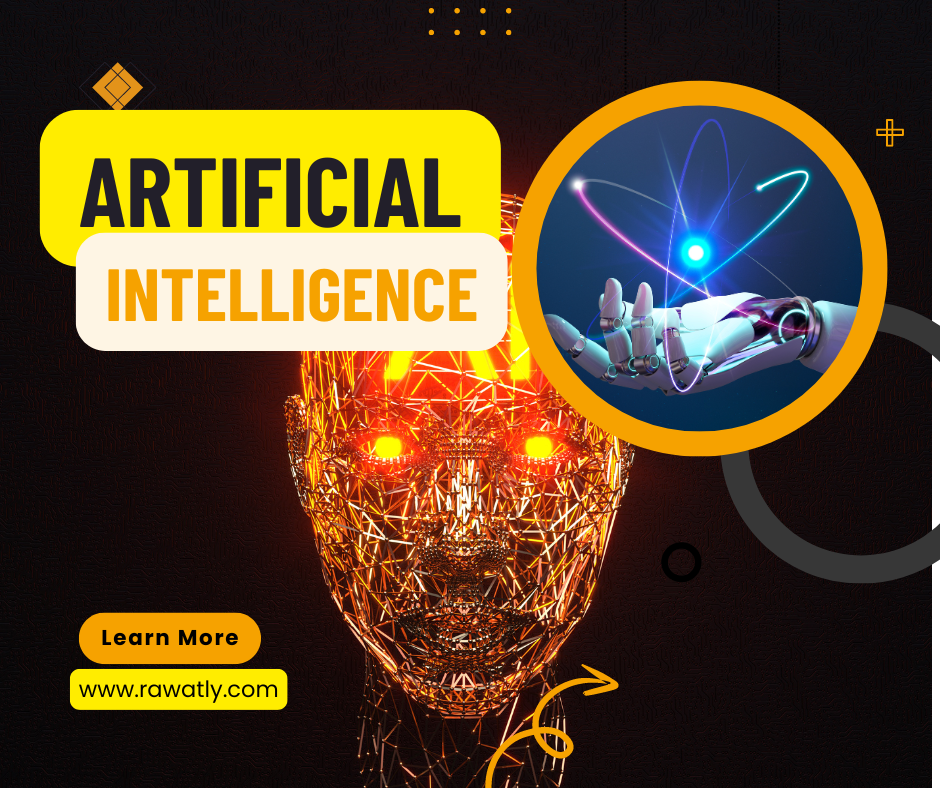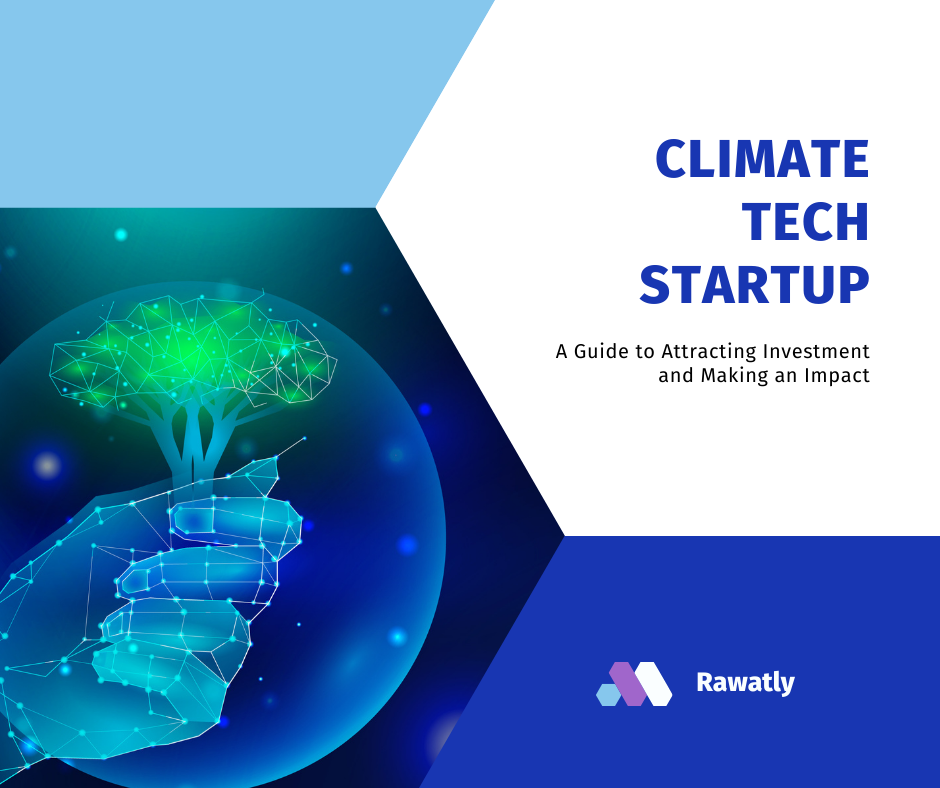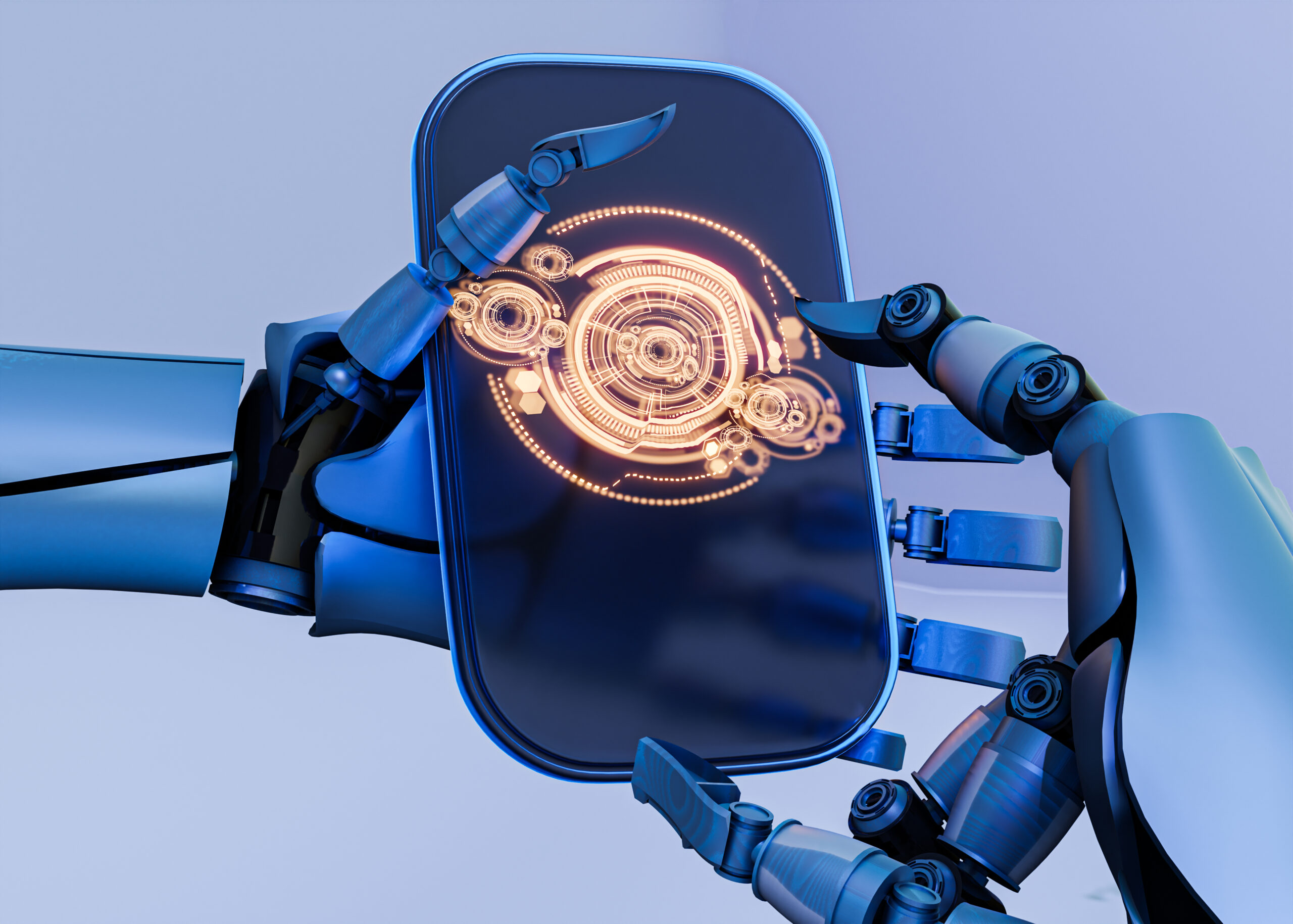
Artificial Intelligence (AI) has rapidly evolved over the last few decades, transforming industries, enhancing daily life, and raising philosophical questions about the future. Understanding the development of AI can be framed through ten distinct stages, each representing a significant advancement in technology and application.
Stage 1: Reactive Machines
The earliest forms of AI, reactive machines, are designed to respond to specific inputs with predefined outputs. They lack memory and learning capabilities and cannot use past experiences to inform future decisions. A classic example is IBM’s Deep Blue, which famously defeated chess champion Garry Kasparov in 1997. Deep Blue analyzed possible moves and outcomes but did not learn from its experiences.

Stage 2: Limited Memory
Limited memory AI systems can learn from historical data to some extent. They retain past experiences and use them to make informed decisions in new situations. Self-driving cars exemplify this stage, as they gather data from their environment, such as road conditions and obstacles, to improve their navigation and decision-making processes. However, this memory is still limited and does not inform future interactions beyond the immediate context.
Stage 3: Theory of Mind
This stage involves AI systems that can understand human emotions, beliefs, and intentions. While we have not fully realized this stage yet, advancements in natural language processing and emotional recognition are paving the way. For instance, AI-driven chatbots are beginning to interpret user emotions based on text input, although they do not fully grasp the complexity of human interactions.
The Top 5 AI Tools That Will Supercharge Your Marketing Agency in 2024
Stage 4: Self-Aware AI
Self-aware AI represents a theoretical leap, where machines possess consciousness and self-awareness. This stage raises profound ethical and philosophical questions, as it implies that AI could have its own desires and motivations. As of now, we have not achieved self-aware AI, and it remains a topic of speculation and debate within the scientific community.
Stage 5: Artificial General Intelligence (AGI)
AGI refers to AI systems that can understand, learn, and apply knowledge across a wide range of tasks at a level comparable to that of a human. Unlike narrow AI, which excels in specific tasks, AGI would have the ability to reason, plan, and solve problems in various domains. Researchers are actively working towards this goal, but significant challenges remain in replicating the nuanced understanding and cognitive flexibility of human intelligence.
Stage 6: Artificial Super intelligence (ASI)
Once AGI is achieved, the next theoretical stage is Artificial Super intelligence (ASI), where AI surpasses human intelligence across all domains. ASI would have the capacity to improve its own algorithms and capabilities autonomously, leading to exponential advancements in technology. This stage raises critical concerns about safety, control, and ethical implications, as the consequences of superintelligent systems could be far-reaching and unpredictable.
Stage 7: AI Integration
As AI continues to evolve, we are likely to see increased integration into various sectors, including healthcare, finance, education, and transportation. This stage emphasizes collaboration between humans and AI, enhancing productivity and decision-making. For example, AI can analyze vast datasets in healthcare to assist doctors in diagnosing diseases more accurately and swiftly.
Stage 8: Autonomous AI
Autonomous AI systems operate independently without human intervention. This stage includes drones and robotic systems that can perform tasks ranging from delivery to surveillance. The development of autonomous vehicles is a significant focus in this area, with the potential to revolutionize transportation. However, ethical considerations regarding decision-making in life-and-death situations remain a critical concern.
The Rise of Deepfake AI: Unveiling the Capabilities and Risks of Synthetic Media
Stage 9: AI Ethics and Governance
As AI technology advances, the need for ethical frameworks and governance structures becomes increasingly important. This stage involves establishing guidelines for the responsible development and deployment of AI, addressing issues such as bias, privacy, and accountability. Organizations and governments are beginning to recognize the importance of integrating ethics into AI research and application, ensuring that the technology benefits society as a whole.
Stage 10: Human-AI Collaboration
The final stage envisions a harmonious collaboration between humans and AI, where both entities leverage their strengths to solve complex problems. This partnership could lead to breakthroughs in science, technology, and social issues. By working together, humans and AI can address challenges such as climate change, healthcare disparities, and education gaps, creating a more equitable and sustainable future.
Conclusion
The journey of artificial intelligence from reactive machines to potential human-AI collaboration represents a fascinating evolution of technology. Each stage brings its own challenges and opportunities, shaping the future of our society. As we continue to advance through these stages, it is essential to prioritize ethical considerations and promote responsible AI development to ensure that these technologies enhance human life rather than detract from it. By understanding and navigating these stages, we can better prepare for the implications of AI in our daily lives and the broader world.





























